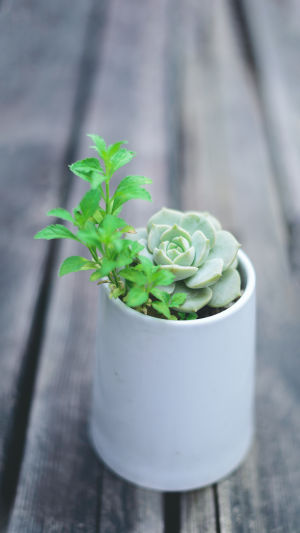Succulents are a diverse group of plants characterized by their fleshy stems, leaves, or roots that are capable of storing water.
This unique adaptation allows them to thrive in arid and dry environments.
Succulents belong to various families, including the Cactaceae and Phyllanthaceae families, as well as more than 50 other families, resulting in a staggering number of over 10,000 known species worldwide.
The succulent family, when viewed from a taxonomic perspective, is incredibly vast, encompassing more than 10,000 species that span across over 100 different families.
This broad range of families highlights the diverse nature of succulents and their ability to adapt to a variety of ecological niches.
One of the defining characteristics of succulents is the presence of specialized organs, such as stems, leaves, or roots, that possess well-developed, thin-walled tissues designed for water storage.
These tissues enable succulents to retain moisture for extended periods, making them appear plump and succulent in appearance.
The thick and fleshy nature of these organs is a direct result of their water-storing capabilities, which allows succulents to withstand prolonged periods of drought and limited water availability.
The ability of succulents to store water in their organs is a remarkable adaptation that sets them apart from other plant species.
Their unique physiological structure enables them to thrive in environments where water is scarce, making them well-suited for desert regions and other arid landscapes.
This adaptation not only ensures their survival during dry spells but also provides them with a competitive advantage over other plants in such harsh conditions.
In addition to their water-storing abilities, succulents have evolved a variety of intriguing features to further enhance their survival in arid environments.
For example, many succulents possess specialized structures called stomata, which are small openings primarily found on the undersides of leaves.
These stomata can close during periods of high temperature or drought, minimizing water loss through evaporation.
By reducing the rate of transpiration, succulents can conserve water and maintain their internal moisture levels more effectively.
Furthermore, the diverse range of succulent species exhibits an array of fascinating forms and adaptations.
From the iconic cacti with their spines and cylindrical shapes to the leafy rosettes of echeverias and the trailing stems of sedums, succulents showcase an impressive array of morphological diversity.
This variation allows them to occupy different ecological niches and colonize a wide range of habitats worldwide.
Succulents have also captured the interest and admiration of plant enthusiasts and collectors.
Their unique shapes, striking colors, and ability to thrive with minimal care make them popular choices for indoor gardens, terrariums, and xeriscaping projects. In recent years, succulents have experienced a surge in popularity, with enthusiasts eagerly expanding their collections to include rare and exotic species.
Succulents are a remarkable group of plants characterized by their water-storing organs and diverse range of species.
With over 10,000 known species belonging to more than 100 families, succulents have successfully adapted to thrive in arid environments where water is scarce.
Their unique physiological and morphological adaptations make them not only resilient but also visually captivating, appealing to both plant enthusiasts and admirers of natural beauty.
Whether in the wild or as part of indoor displays, succulents continue to captivate our imaginations with their fascinating and awe-inspiring features.





